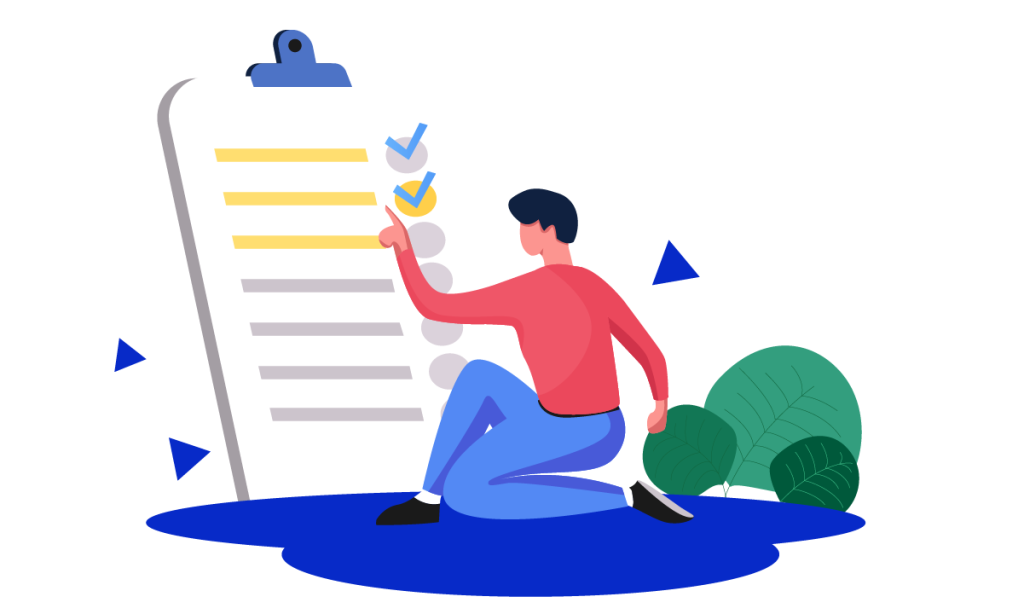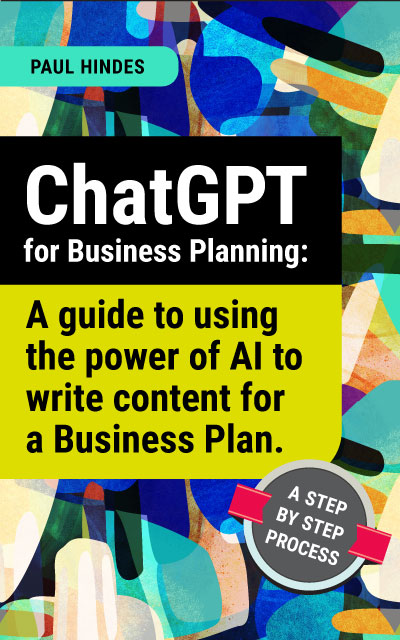Marketers know the importance of effective communication. The right words can make all the difference in the success of a campaign. This principle applies to the use of ChatGPT as well. As with any communication, the words we choose can significantly impact the outcome. That’s why creating effective prompts for ChatGPT is a critical skill for anyone looking to harness its full potential. As a copywriter, I’ve learned that the most successful prompts are those that are specific, engaging, and relevant to the audience. By crafting prompts that speak to the needs and interests of the user, you can unlock the full potential of ChatGPT and achieve incredible results.
Creating effective prompts for ChatGPT is an essential aspect of using this powerful language model to its full potential. A well-crafted prompt can help users generate more accurate and relevant responses, while a poorly constructed prompt can result in irrelevant or even nonsensical outputs. Therefore, it is crucial to understand the key principles of prompt creation to ensure that you are getting the most out of ChatGPT. In this context, effective prompts are those that are specific, concise, and relevant to the task at hand. By following these principles, you can increase the quality and usefulness of the responses generated by ChatGPT, ultimately leading to more successful outcomes in a variety of applications.
One effective technique for ChatGPT is to use Incremental Prompting.
Incremental prompting is a teaching technique that involves breaking down complex tasks into smaller, more manageable steps. It is often used to help learners with cognitive or developmental disabilities learn new skills or tasks.
The technique involves four main steps:
1. Establishing the context
This involves providing background information and setting the stage for the task or skill the learner will be working on. For example, if the task is to learn how to make a sandwich, the context might include discussing the different types of sandwiches and their ingredients.
2. Explain the topic
This step involves providing more detailed information about the task or skill. For example, in the sandwich-making example, this step might involve discussing the different types of bread, meat, cheese, and vegetables that can be used to make a sandwich.
3. Specifying the task
This step involves breaking down the task or skill into smaller, more manageable steps. For example, in the sandwich-making example, this step might involve explaining how to slice the bread, prepare the fillings, and assemble the sandwich.
4. Asking a follow-up question
This step involves checking for understanding and encouraging the learner to practice the new skill. For example, in the sandwich-making example, this step might involve asking the learner to describe how they would make a sandwich or to demonstrate their sandwich-making skills.
How do I apply this to ChatGPT?
A method to apply this technique when working with ChatGPT is to break down complex questions or topics into smaller, more specific sub-questions or sub-topics. This can help ChatGPT better understand the context and provide more accurate and relevant responses. For example, if you were asking a complex question about a medical condition, you could use incremental prompting to break down the question into smaller sub-questions such as “What are the symptoms of the condition?” or “What are the treatment options available?” By asking more specific questions, you can help ChatGPT better understand the topic and provide more accurate and relevant responses.
Working with ChatGPT by breaking down complex topics or questions into smaller, more specific sub-topics or sub-questions can help improve the accuracy and relevance of the responses you receive.
Try incremental prompting today!
Start using ChatGPT today and see the difference it can make in your business planning. And don’t forget to check out our eBook, “ChatGPT for Business Planning: A Guide to Using the Power of AI to Write Content for a Business Plan”, for even more tips and tricks on using ChatGPT to take your business to the next level.




